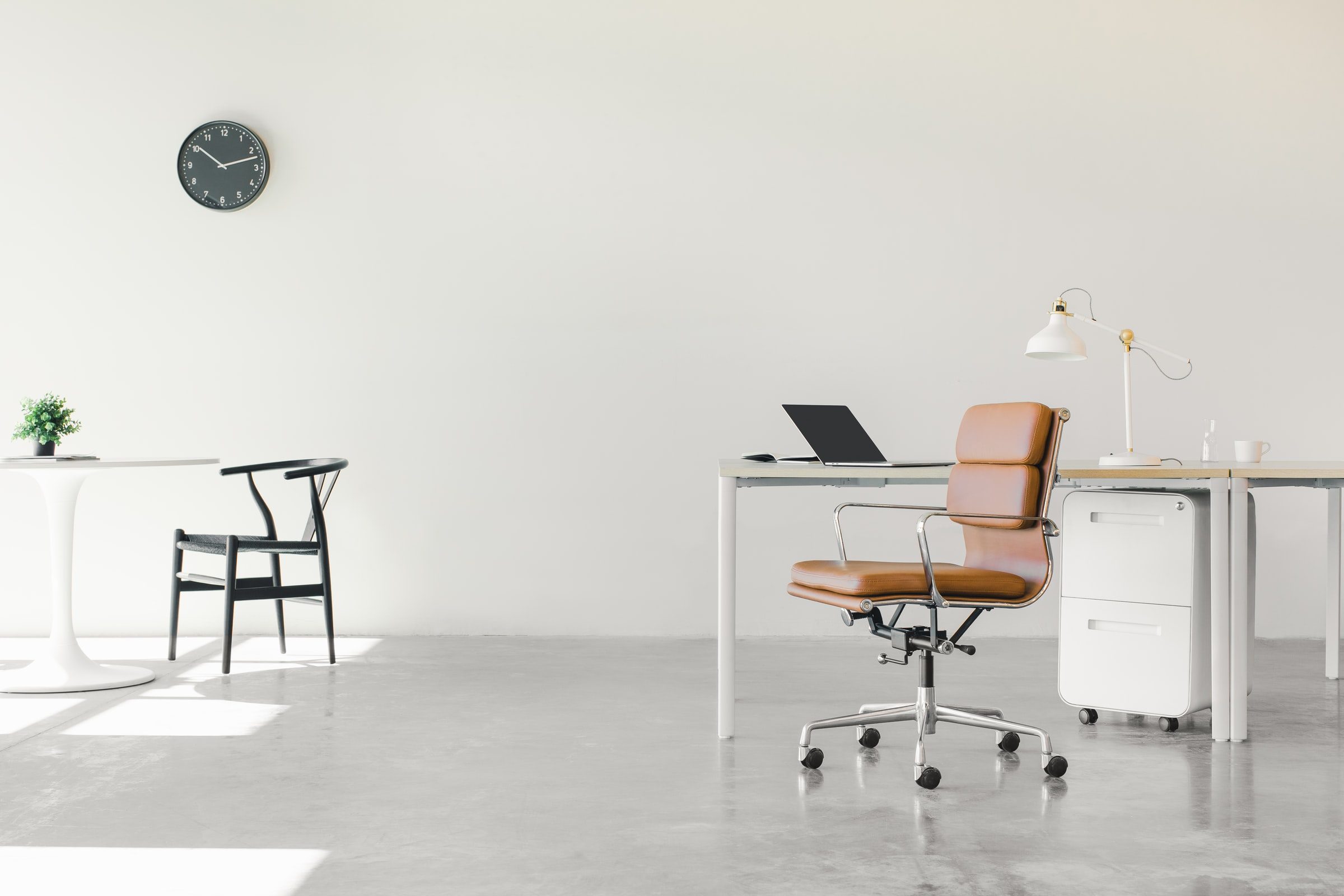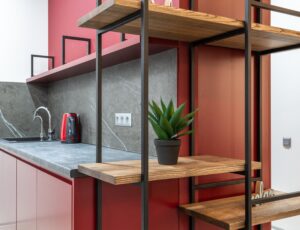As a result of the COVID-19 pandemic, indoor air quality has become an important issue in ensuring buildings are safe and comfortable for all occupants. With this in mind, here are some simple steps to improve air quality within a building:
- Practice good housekeeping measures. Good housekeeping means a clean and organized building which can contribute to better indoor air quality. For example, chemicals should always be stored in dedicated areas following WHMIS and in a manner which reduces the potential for fires, spillage, and off-gassing.
- Maintain efficient HVAC systems. All HVAC systems require ongoing maintenance and air filters which must be changed at specific intervals. Filters normally last anywhere from 3 to 6 months. If air filters are not changed at the proper intervals, the air quality will be negatively impacted.
- Inspect building areas on a regular basis. The presence of excessive dust, odours, moisture, or water leaks in any building area may adversely impact indoor air quality. Water or dampness identified at building materials or equipment is an indication that repairs or replacement work may be required before the problem spreads to other areas and creates a musty odour or airborne mould.
- Evaluate all room fixtures and furniture. Sun exposure, lighting, window coverings, fans, and furniture placement can all effect air quality within a room. All of these factors should be considered during the design and construction phase to control room temperature and allow for adequate air flow.
- Introduce fresh air as much as possible. Bringing fresh air into buildings by opening windows and doors is a quick and easy way to improve indoor air quality. This should be done when outdoor conditions are ideal and during interior construction or renovation work when dust is present or chemicals are being used.
- Monitor temperature and relative humidity. Temperature and relative humidity (RH) should be consistent throughout the occupied building areas to maintain thermal comfort. The CSA Group recommends that indoor building temperatures range from 20 °C to 23.5°C during winter conditions, and from 23°C and 26°C during summer. In addition, Health Canada and ASHRAE specify an acceptable RH range between 25% and 60%. If temperature and RH and not maintained at acceptable ranges, these factors will affect the thermal comfort and overall well-being of building occupants.
Optimizing Your Indoor Air Quality. Current research has provided some insight into the persistence of COVID-19 on surfaces, which can last from hours to several days. Newer data has also indicated that the virus can be aerosolized under certain conditions. Premier offers a variety of services to help your organization maintain first-in-class air quality and cleanliness. Contact us to see how we can prepare your building to be safe for occupancy.






